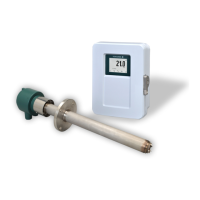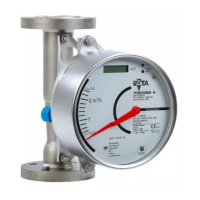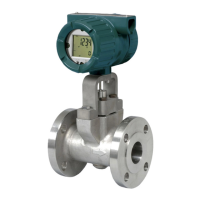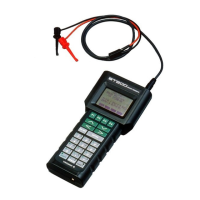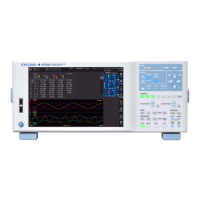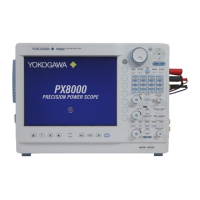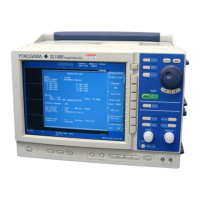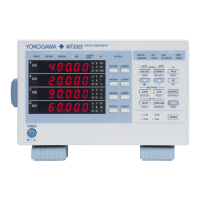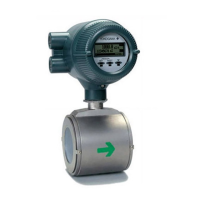<11. Inspection and Maintenance>
11-1
IM 11M12G01-02EN 1sh Edition : Mar. 25, 2021-00
11. Inspection and Maintenance
This chapter describes the inspection and maintenance procedures for the Zirconia Oxygen
Analyzer to maintain its measuring performance and normal operating conditions.
WARNING
Do not touch the probe if it has been in operation immediately just before being checked. (The
sensor at the tip of the probe heats up to 750°C during operation. If you touch it, you will get
burned.)
CAUTION
When checking the detector, carefully observe the following:
• Do not subject the probe to shock or cool it rapidly.
The sensor is made of ceramic (zirconia). If the detector is dropped or bumped into
something, the sensor may be damaged and no longer work.
• Do not reuse a metal O-ring to seal the cell assembly. If you replace the cell or remove it
from the probe for checking, be sure to replace the metal O-ring. Otherwise, the furnace gas
may leak, and then the leaking corrosive gas will cause the built-in heater or thermocouple
to go open circuit, or the detector may corrode.
terminal box cover.
11.1 Inspection and Maintenance of the Detector
11.1.1 Cleaning the sensor assembly lter
dust by brushing.
11.1.2 Cleaning the Calibration Gas Tube
The calibration gas, supplied through the calibration gas inlet of the terminal box into the detector,
with dust from the sample gas. If you become aware of clogging, such as when a higher pressure
To clean the tube, follow these steps:
(1) Remove the detector from the installation assembly.
(2) Following Section 11.1.3, later in this manual, remove the four bolts (and associated
washers) that tighten the sensor assembly, and the pipe support as well as the U-shaped
pipe.
(3) Use a rod 2 to 2.5 mm in diameter to clean the calibration gas tube inside the probe. In
rod into the tube (3-mm inside diameter). However, be careful not to insert the rod deeper
than 40 cm for a general-purpose detector, or 15 cm for high temperature detector.

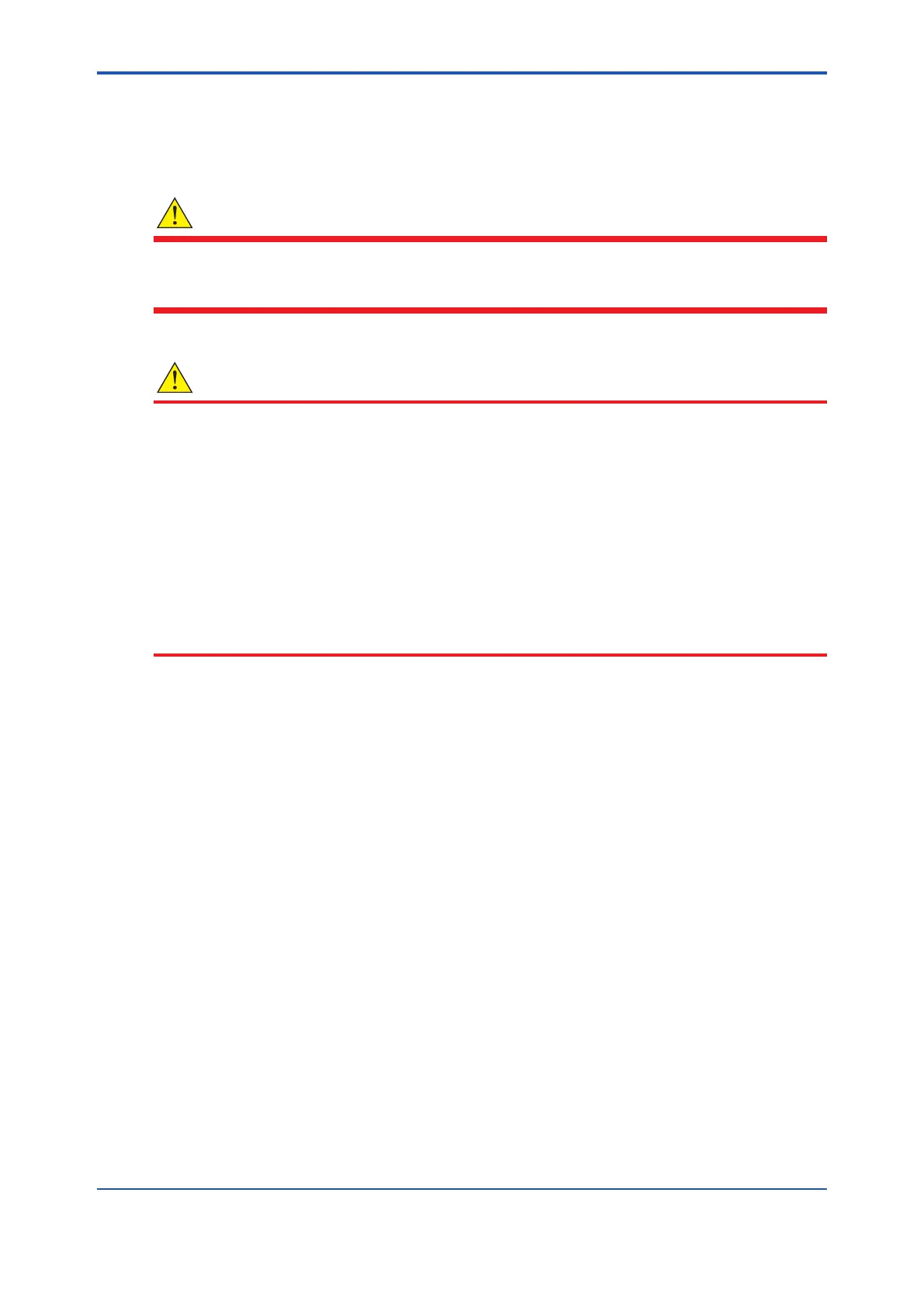